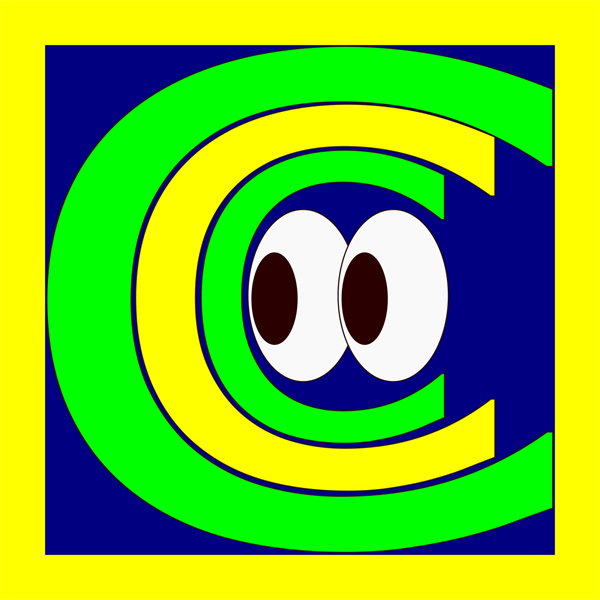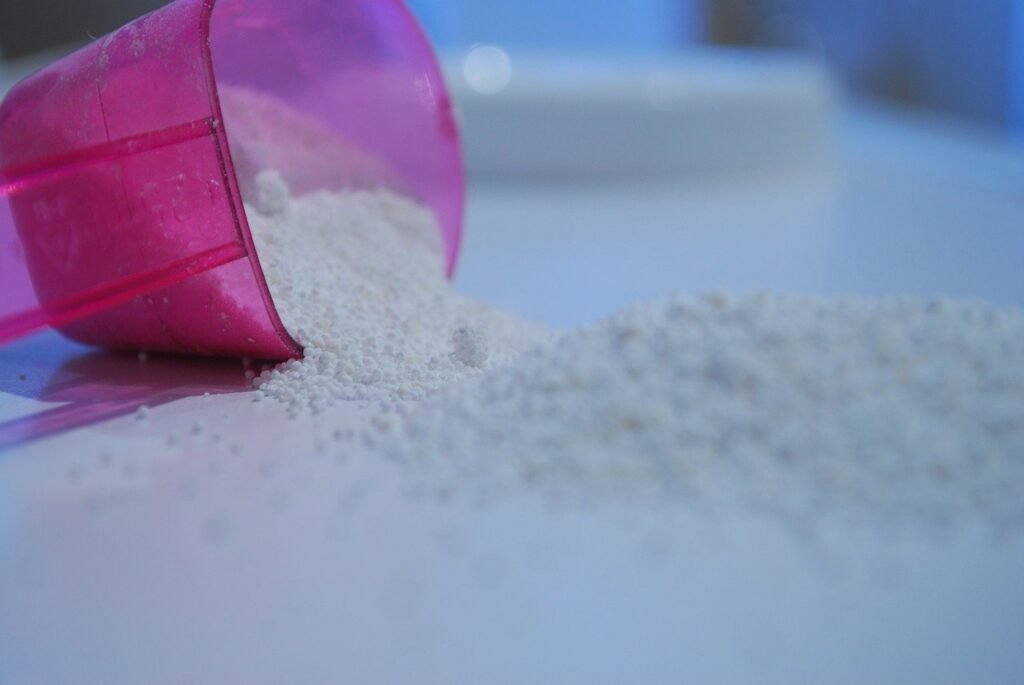
BLEACH, WHAT IS IT? The chemistry of bleach (chlorine bleach). Typically, diluted household liquid bleach solutions contain the chlorine-based compound sodium hypochlorite and usually sodium hydroxide. The latter is used to keep the solution alkaline and stable, delaying the decomposition of sodium hypochlorite into sodium chloride and sodium chlorate.
Chlorine is a very powerful oxidiser, it’s the active ingredient in chlorine bleach and the bleaching agent in most household bleach products. Pure chlorine is highly toxic and highly corrosive. However, there are still plenty of risks associated with using the diluted version commonly found in homes.
CAUTION: Common household chlorine bleach products can produce TOXIC CHLORINE GAS, if mixed with certain other chemicals. The inhalation of common household chlorine-bleach fumes can POTENTIALLY DAMAGE LUNGS; there are other health risks associated with the use of chlorine-bleach.
Ammonia (Ammonium-Hydroxide), is another common household cleaning chemical. Ammonium Hydroxide (normally no-more than 5% by volume), is often the primary active ingredient in ammonia-based cleaning products. Airborne Ammonia, in the form of vapour-inhalation is the primary risk to the cleaner; in much similar ways to chloride-bleach.
ASSOCIATED LABELLING WARNINGS:
LIQUID CHLORINE BLEACH (12.5% Sodium Hypochlorite). Classification: This material is hazardous according to Safe Work Australia; HAZARDOUS SUBSTANCE. INGESTION: Swallowing can result in nausea, vomiting, diarrhoea, abdominal pain and chemical burns to the gastrointestinal tract. EYE-CONTACT: A severe eye irritant. Corrosive to eyes; contact can cause corneal burns. Contamination of eyes can result in permanent injury. SKIN-CONTACT: Contact with skin will result in severe irritation. Corrosive to skin – may cause skin burns. INHALATION: Breathing in mists or aerosols may produce respiratory irritation. Delayed (up to 48 hours) fluid buildup in the lungs may occur.
Bleach compounds are common industrial and household chemicals for cleaning and sanitising. They are a mixture of chemicals that can be used effectively for cleaning and all-purpose disinfecting. When bleaching compounds are often added to laundry detergents (washing or pre-soaking), they work through a chemical process called oxidation, to ‘bleach’ and whiten or brighten materials (compounds known as oxygen-bleaches can safely be used on coloured materials).
Because of its microbicidal properties, bleach is often used as a disinfecting agent, with broad applications. Sodium hypochlorite bleach solutions are used in the food-processing industry to sanitise equipment. Stronger bleach solutions are used in hospitals or other settings where it is essential to limit the risk of infectious microorganisms; bleach will kill or manage bacteria, moulds, mildews, fungus and viruses. Bleach can be used to kill weeds or to preserve cut flowers, by controlling bacteria growth; the uses for bleaching compounds are wide-ranging.

DIY Tile and Grout Floor Cleaning
EcoPro Cairns Tile and Grout Cleaning Service, from just $150.00 – BOOK NOW ON: 0451 160 460
